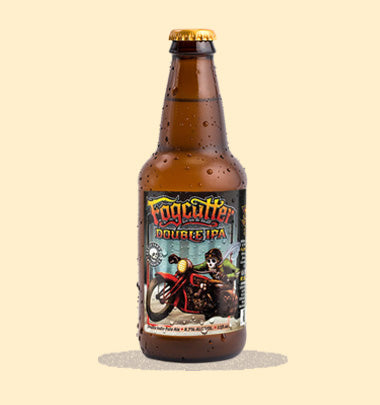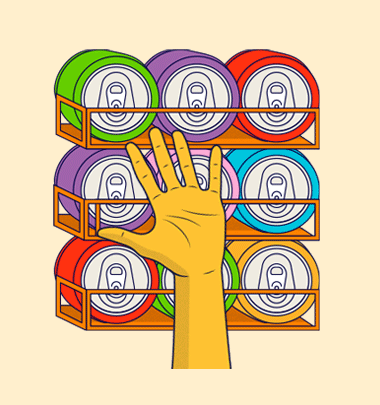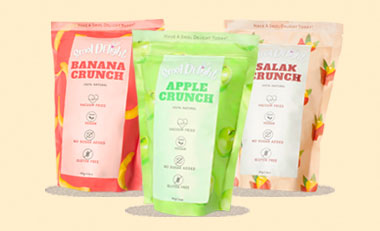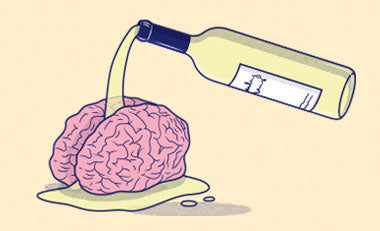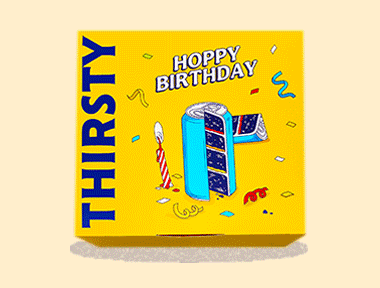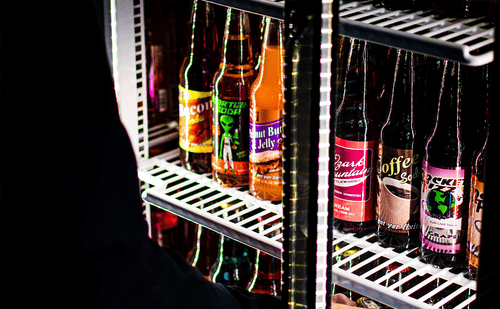Have you ever noticed that your beer has some cloudy particles floating around? Well, those floaty little clouds are most commonly known as sediments and don’t worry - they’re completely safe to consume!

Image credit: @mauibrewingco
So what exactly are sediments? Sediments are mostly just yeast and protein particles floating around in a beer. As for how they are formed, let’s run through 5 of the most common reasons as to why these cloudy floaters appear in a beer.
1. Bottle conditioning

Image credit: @konabrewingco
Sometimes, a small amount of active yeast and simple sugars are added to a bottle before it is sealed. This process is called bottle conditioning and doing this helps the beer naturally carbonate while also increasing its ABV. Not only is bottle conditioning safe for consumption, it can also enhance a beer’s taste and even appearance!
After the fermentation process is complete, the yeast cells will clump together and drop to the bottom. When shaken, these particles will get thrown in an array and appear as the sediments we typically see in beers.
2. Aged beers

Image credit: @eaglebaybrewingco
Aged beers are bottle conditioned beers that have yeast in suspension to ferment out any complex sugars present in a bottle. High gravity beer styles including Barleywines, Imperial Stouts or any Barrel aged beers are ideal for ageing but that is not the case with many other beers.
When a beer is not suited for cellaring, the liquid breaks down and proteins clump together. The beer will also oxidise, taste stale or musty, and slowly lose its hop character over time. When this happens, the sediments will look like snowflakes. Don’t panic though, they are still safe to consume.
3. Dry hopped beer

Image credit: @waywardbrewing
Intensely hoppy beers like IPAs, New England IPAs or Double IPAs are typically dry hopped, which means that hops are often added late in the brewing process. This creates haze in the beer and over time, tiny hop particles will be released. These types of sediments are also safe for consumption, though some breweries prefer to filter them out.
4. Hazy beer style or simply cloudy by nature

Image credit: @brewdogsingapore
Some beers, like a German Hefeweizen or a Belgian Witbier, are naturally cloudy kings post fermentation and are traditionally served #unfiltered. Unfiltered IPAs when dry hopped have a ton of polyphenols from hops. When these polyphenols bond with proteins, a “chill haze” is often formed.
5. Infected or spoiled beer
In some cases, the floaters in your beer can be caused by poor sanitation or bacterial contamination. In this situation, wild yeast and bacteria would have contaminated the beer and overwhelmed the yeast already present in it.
If you take a sip of your beer and find that it tastes way off or simply terrible, chances are that the floaters in the beer resulted from nasty bacterial business.
 Image credit: @beerfarm
Image credit: @beerfarm
However, certain beer styles such as Lambics or wild fermented sour beers intend for such contamination to happen during fermentation. These styles tend to introduce wild and funky yeasts intentionally, so as to create an adventurous flavour profile!
Sediments in beer: yay or nay?
YAY. In most cases, sediments aren’t bad for you. In fact, these cloudy little floaters are found naturally in most beer styles. Even if the sediments are a result of bacterial contamination, they are still safe to consume, well, besides the fact that they may taste a little wonky or have a sussy smell.
Pro tip: remember to store all your bottle-conditioned and unfiltered beers upright to help the sediments settle at the bottom!
How to pour beer without sediments
Sediments may be perfectly safe to consume, but if you’re still feeling a little wary of these cloudy little floaters, there is a way to pour your beer such that you can prevent - or at least - minimise sediments.
First, keep your bottle in an upright position for roughly an hour. This will let the sediments settle at the bottom. Next, tilt your glass at a 45° angle and pour the beer in. Make sure that the beer hits the side of the glass and not straight to the bottom.
As you pour your beer, make sure to keep a slow and steady pace so that you can immediately stop pouring when you see the sediments reach the neck of the bottle. And that’s it! That’s the secret behind getting rid of the hazy floaters in your favourite brew.
